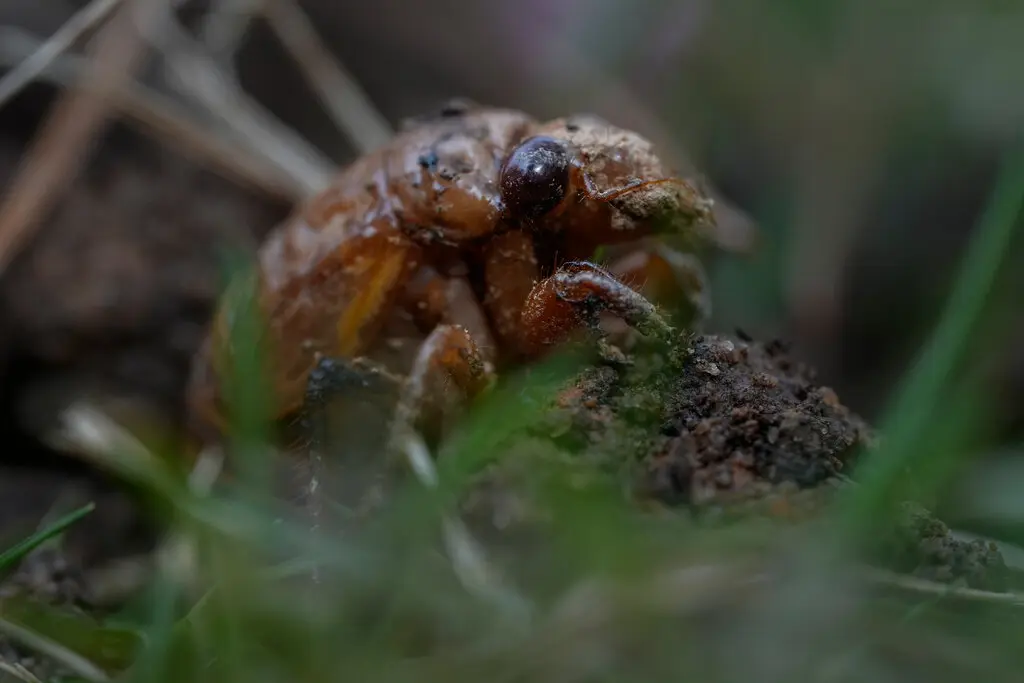Important Facts For Prelims
Cicadas
- 12 Apr 2024
- 4 min read
Why in News?
In a rare occurrence, a trillion cicadas from two different broods are expected to begin appearing in the Midwest and Southeast regions of the US at the end of April, 2024.
What are Cicadas?
- About:
- Cicadas are insects that belong to the order Hemiptera and the superfamily Cicadoidea.
- Hemipteran insects, also called true bugs, have mouthparts used for piercing and sucking and have two pairs of wings.
- They spend most of their lives underground and emerge from the soil mainly to mate. Once out of the ground, their life span is fairly short, somewhere between two to four weeks.
- Cicadas are insects that belong to the order Hemiptera and the superfamily Cicadoidea.
- Habitat:
- Most cicadas are canopy dwellers and are found in natural forests with large trees; found in every continent except Antarctica.
- The genetic diversity of cicadas in India and Bangladesh ranks the highest globally, followed by China.
- Most cicadas are canopy dwellers and are found in natural forests with large trees; found in every continent except Antarctica.
- Emergence:
- Cicadas have complex life cycles that involve long periods of underground development and short periods of adult emergence.
- There are three species of cicadas that emerge every 17 years and three species that emerge every 13 years.
- Originally, 30 broods of periodical cicadas were categorised based on geography and emergence times, but currently, only about 15 broods remain active due to some becoming extinct.
- Cicadas have complex life cycles that involve long periods of underground development and short periods of adult emergence.
- Features:
- Researchers suspect that the lengthy development period of cicadas, during which they feed on plant sap underground, may be related to their evasion of above-ground predators, before emerging to construct a "cicada hut" and climb onto nearby trees or vegetation.
- The adult cicadas are vulnerable to predators such as turtles and other forest inhabitants because they are clumsy and lack defences, making them virtually easy prey.
What Happens When Cicadas Emerge?
- Mechanism:
- After emerging from the ground in massive numbers, cicadas shed their exoskeletons to transform into their winged form, often leaving the discarded exoskeletons attached to tree trunks and twigs.
- Adult cicadas live for a short span of two to four weeks, during which they eat little, mate, and produce a loud collective chorus of up to 100 decibels to attract females.
- Significance:
- In urban areas, cicada bodies can be utilised as free fertiliser for gardens and natural areas.
- They act as natural tree gardeners and benefit the environment by aerating the soil with the holes they leave behind when emerging, facilitating rainwater absorption to nourish tree roots during hot summer months.
- The slits made by cicadas in trees can cause branches to break, leading to "flagging," a natural pruning process, and when the branches regrow, they tend to produce larger fruits, while the cicadas' decomposing bodies provide nutrients for the trees.
- In urban areas, cicada bodies can be utilised as free fertiliser for gardens and natural areas.







